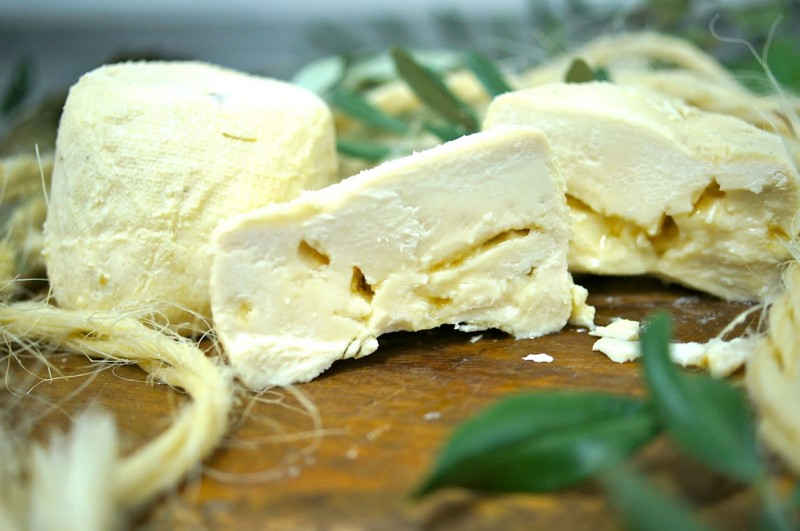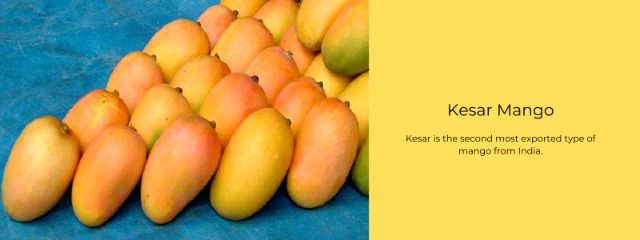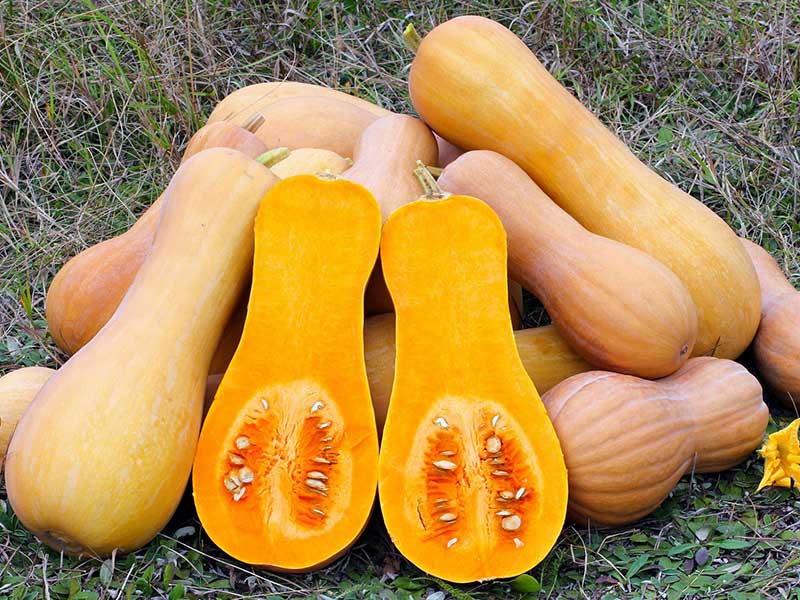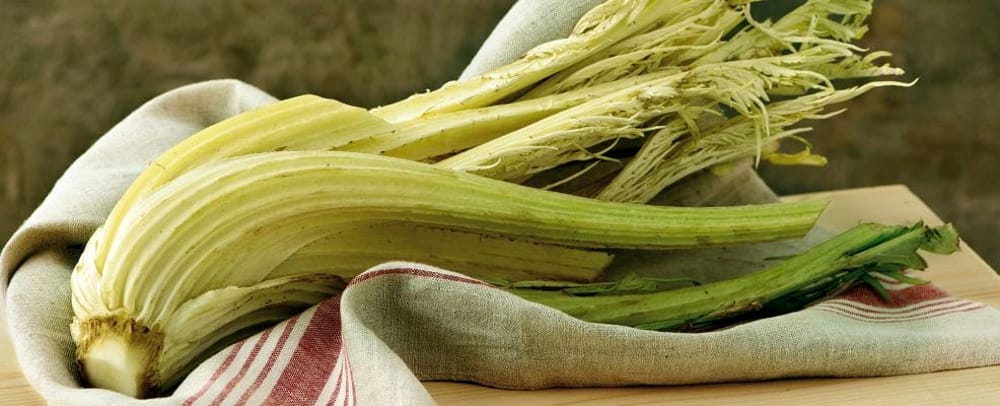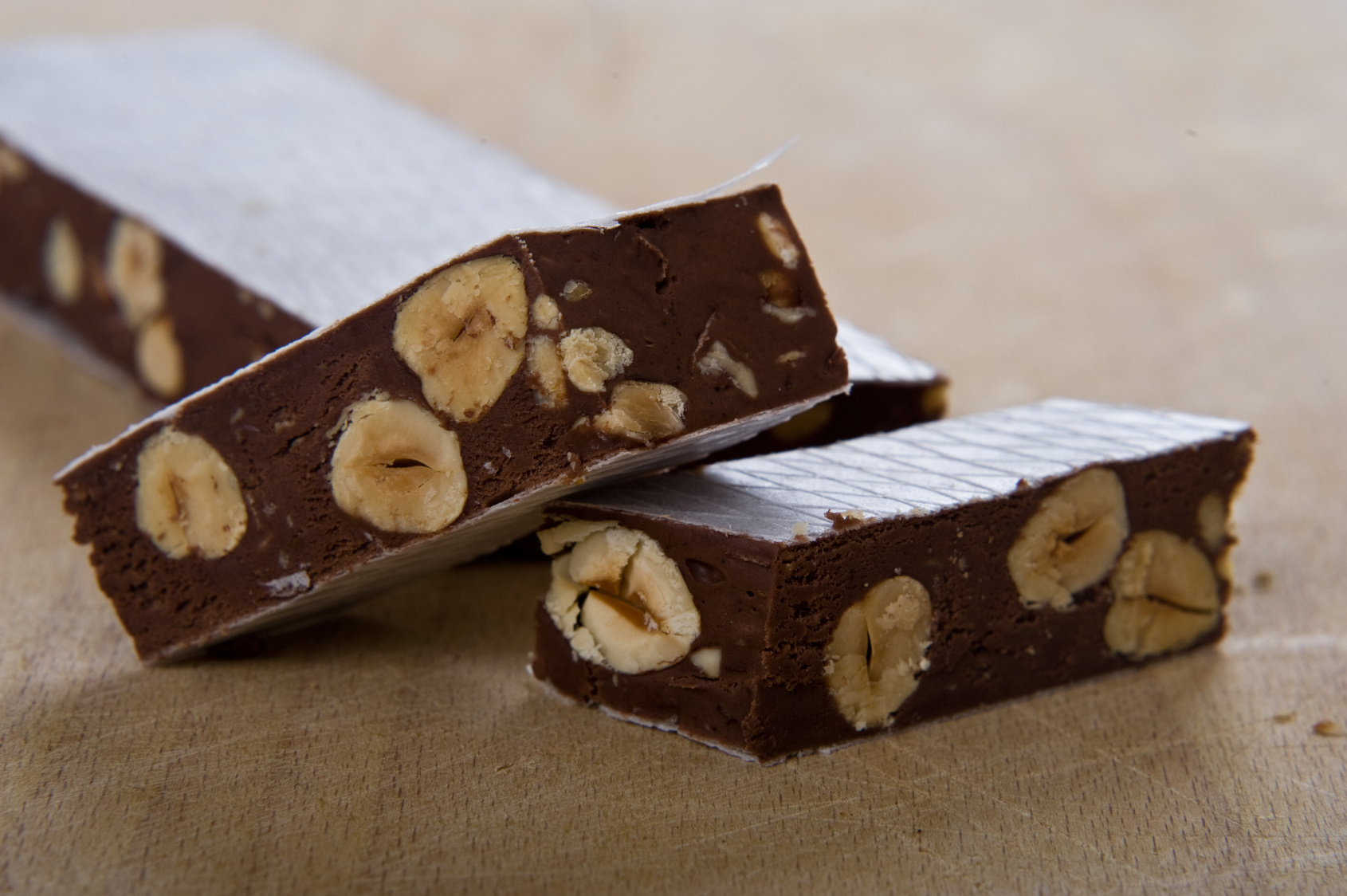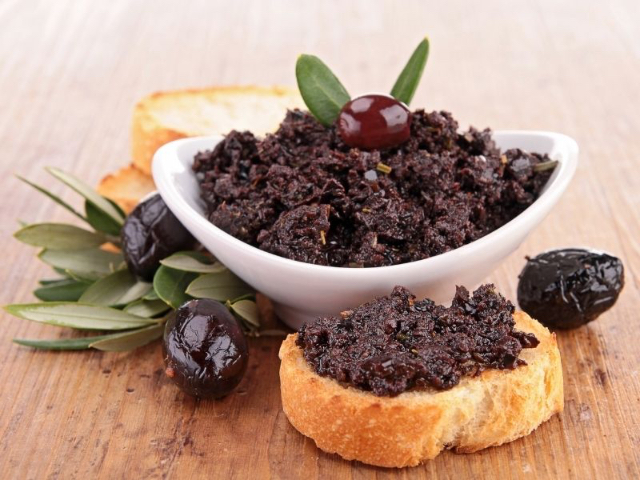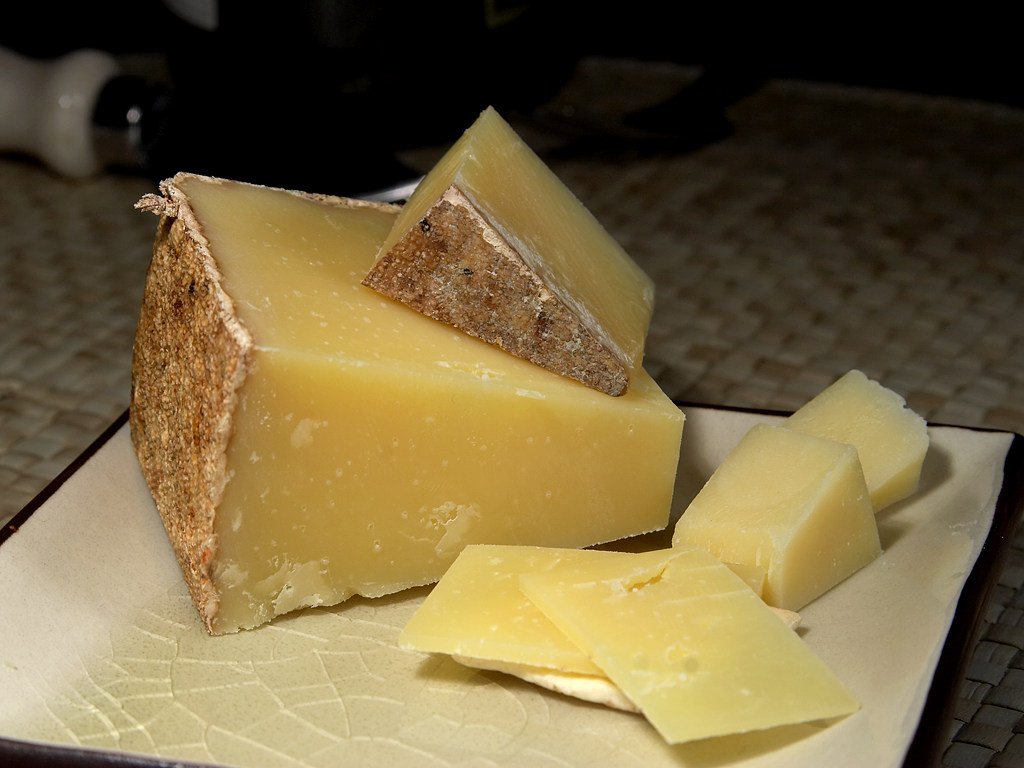A raw goat’s milk cheese, from small family farms, aged in glass or terracotta jars, its surface is yellow-brown in color with residues of aromatic herbs (thyme serpyllum). The paste is straw-yellow in color, rather compact with a flaky fracture.
The goat’s milk, a few hours after milking, is filtered with a hemp cloth and poured into the boiler of tinned copper or stainless steel; as soon as it is heated, natural rennet made from dried kid stomach is added; after about an hour the curd breaks into small lumps the size of a chickpea. During the maturation of the curd, in order to facilitate the separation of the whey, the moulds (fuscelle) are immersed in the mass with a weight (typically a ceramic plate). Once filled by hand, the molds are turned upside down to facilitate the draining of the whey and sprinkled by hand with a variable amount of table salt, depending on the ambient temperature. To produce fresh goat’s milk cheese, a greater quantity of whey is incorporated, whereas for aged goat’s milk cheese a more compact paste is obtained. In the periods of greater production of milk, the product that exceeds the demand of the market is destined to the seasoning. In this case, the cheeses are placed on perforated wooden boards and placed in dry, well-ventilated rooms to allow them to dry quickly, for 10 to 20 days, followed by an accurate "washing" (tanning) of the cheeses with olive oil and vinegar and flavoring with thyme. The cheeses thus treated are then placed in dark glass or terracotta jars, carefully closed, where the seasoning lasts for at least two to three months, during which time this operation of "tanning" is repeated a couple of times. This procedure avoids the development of mold and parasites even for prolonged periods.
The peculiarity of the cheese produced in the highest area of Monte Maggiore, in particular in the communes of Formicola and Rocchetta e Croce, lies in the exclusive use of raw goat’s milk. Goat breeding until few decades ago was very common in this area, and it was practiced in the wooded glades located at higher altitudes. Today it is reduced to a few tens, until the second post-war period there were, only in Formicola, some thousands, which generated an important source of income in relation to the scarce productive alternatives. The seasoned type can be associated with other "tanned" cheeses, that is, treated on the surface with olive oil, vinegar, and thyme and preserved in closed jars to protect them from attacks by parasites. This method dates back to the Samnite period, a historical period in which Monte Maggiore was an important bulwark of defense on the Campania plain, as attested by the numerous archaeological testimonies present in the area.
